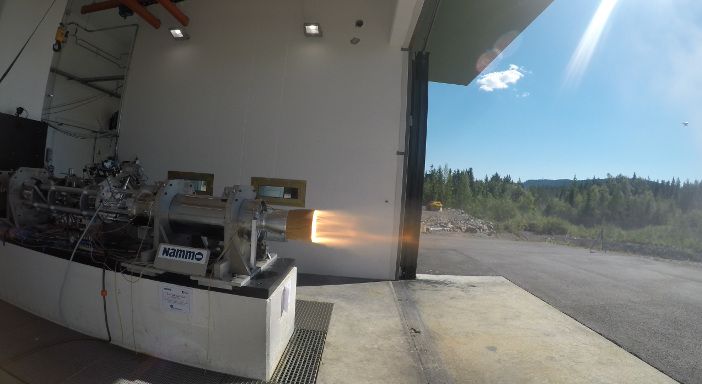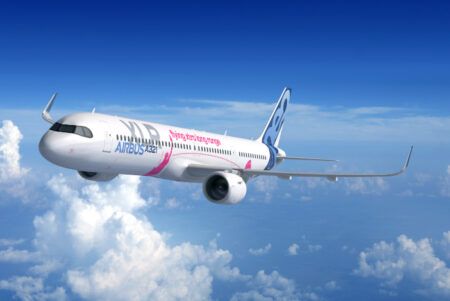Norwegian firm Nammo has completed ground testing of its hybrid rocket and confirmed it will launch from the North of Norway in September. The Nucleus will be the first European hybrid rocket ever to reach space.
All the components of the Nucleus rocket were tested at Nammo’s site in Raufoss, Norway. The motor was ignited and burnt for 40 seconds, until full depletion of the oxidizer and gas tanks.
Adrien Boiron, lead engineer on the Nucleus project said, “We are extremely happy that today’s test was a success. Today’s firing was the last in a long series and finally enables us to clear the rocket for launch.
“This system test included all flight components for the propulsion system, the in-flight electronics and data acquisition systems, and we also validated the controls and filling procedures, including ground support equipment.”
The suborbital launch of the Nucleus rocket will see it reach an altitude of over 100km, the boundary of space, before descending into the Norwegian sea.
The rocket will be launched from Andøya Space Center, in the north of Norway. This project is being carried out under a contract with the European Space Agency (ESA), as part of the Future Launchers Preparatory Programme (FLPP). The FLPP aims to develop launcher propulsion technology to ensure Europe’s future in space access.
When the engine, motor, fuel and payload modules are assembled, the Nucleus rocket will be 9m long and have a total weight of around 800kg. The motor gives a thrust of 30kN and is built to flight standards. The Nucleus is designed to be a sounding rocket, but this demonstration can also power a micro launcher to place small satellites from 50 to 150kg in orbit.
Nammo also plans to develop a larger version of the engine, producing as much as 75-100kN of thrust.
Most sounding rockets today use a solid propellant. This is relatively cheap, but has the drawback of being toxic, as well as the risks associated with transport and storage. Also, once ignited, it cannot be switched off.
Nammo’s hybrid engine uses both liquid and solid fuel and emits only water and CO2. According to the company the oxidiser, hydrogen peroxide, is safer than other liquid fuels, is non-poisonous. The engine can also be throttled, turned off – and restarted.
Aerospace and defense firm Nammo is headquartered in Norway and has 2300 staff at 30 sites in 13 countries.





